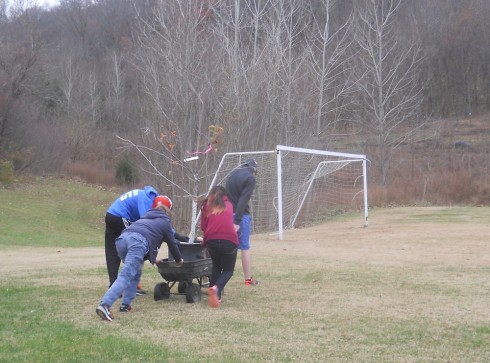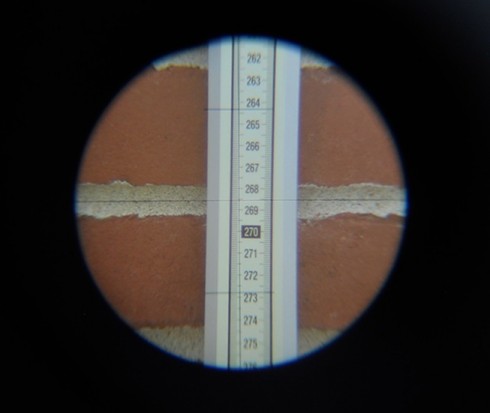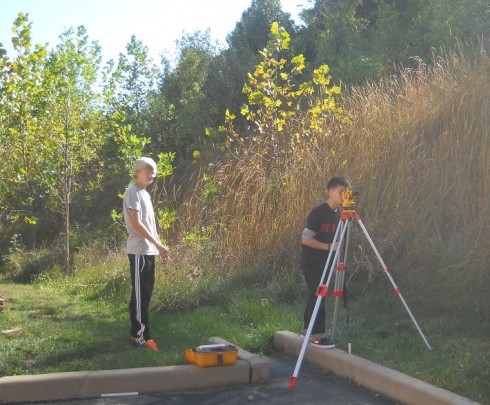
The last few years have, unfortunately, been ones of neglect for the orchard. The trees were planted about five years ago, but because of changes in the faculty I ended up in charge of it. Unfortunately, with projects like the invasive species remediation and the working out how to use the surveying equipment I have not had the opportunity to turn my full attention to the needs of the fruit trees.
Enter Dr. Sansone. He’s been my key resource for a few of my earlier farm-school type projects (see chickens and rabbits). But, apart from livestock he also has a keen interest in organic agriculture including fruit and berry trees. He’s been helping clearing the brush from the orchard, spraying the trees for to get rid of and prevent disease, and he managed to get the donation of a new apple tree from the Frisella Nursery, just across the Missouri River from us in St. Charles.
The new tree is particularly valuable because it’s a good pollinator.




